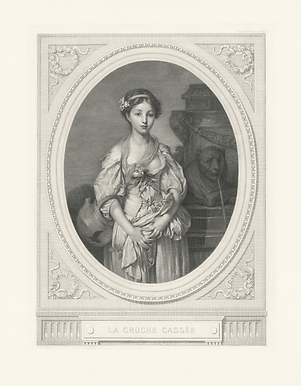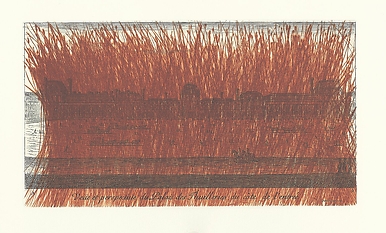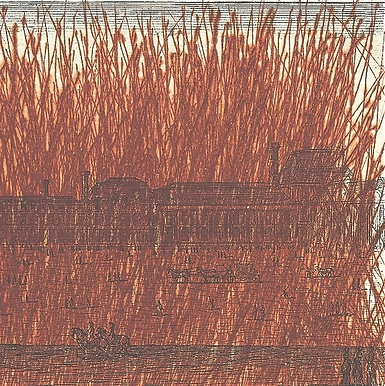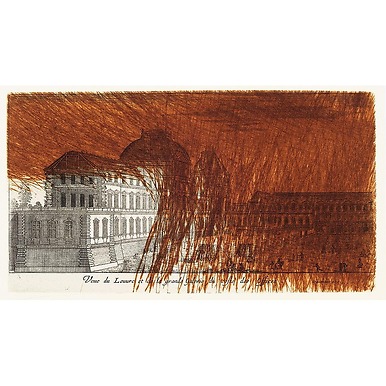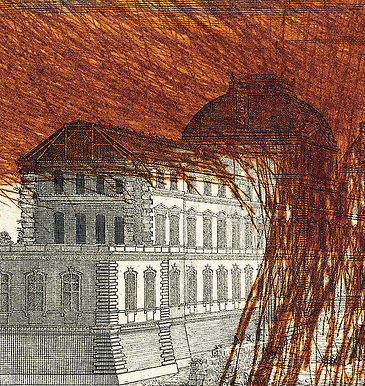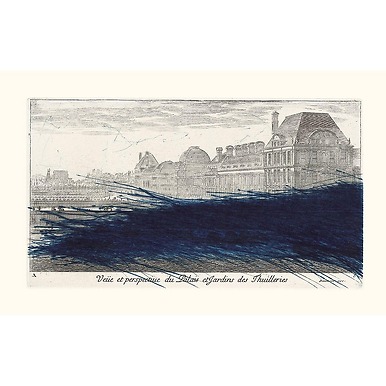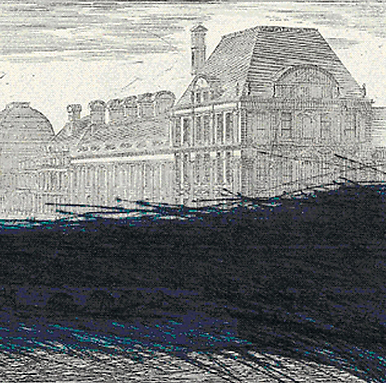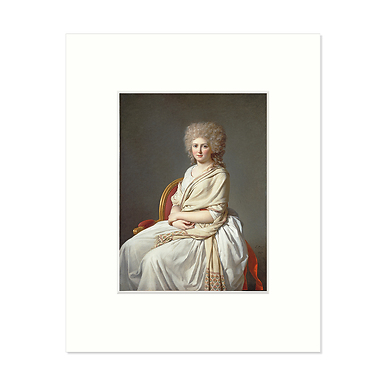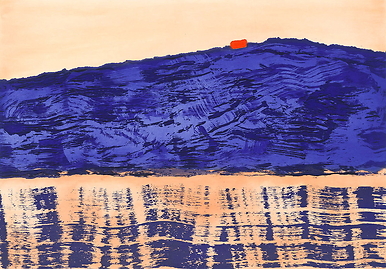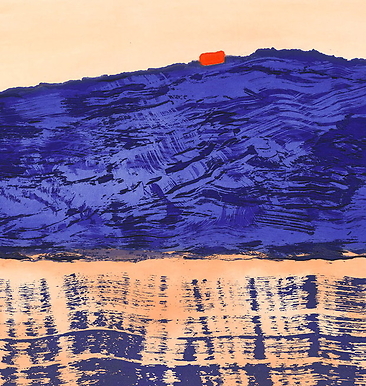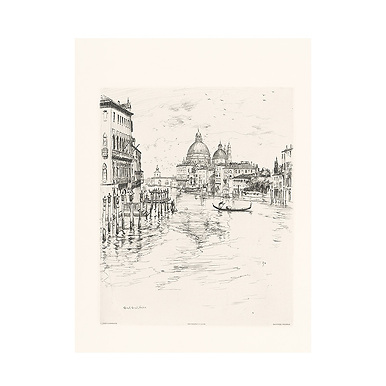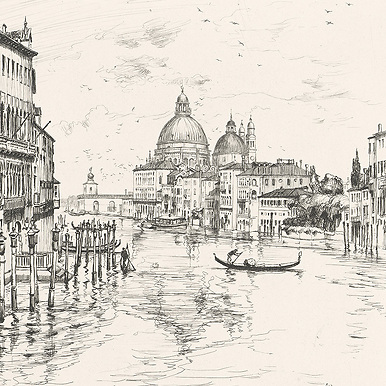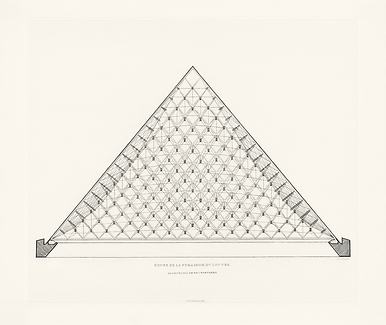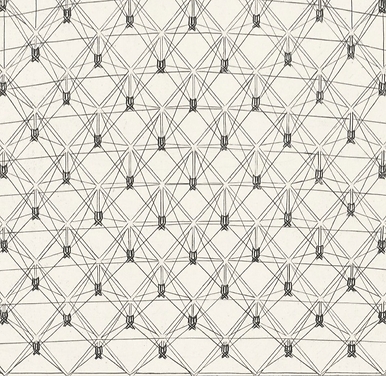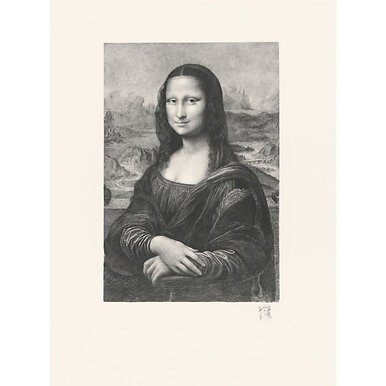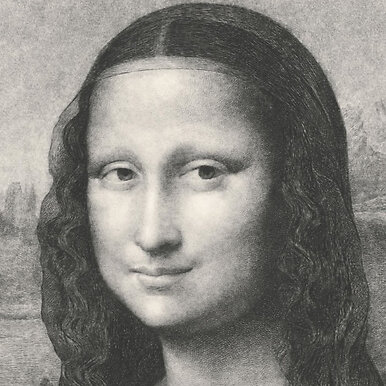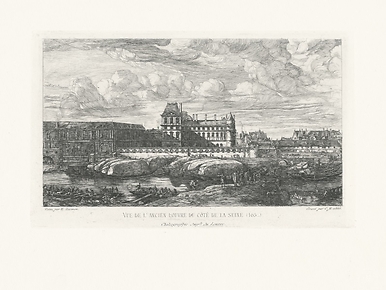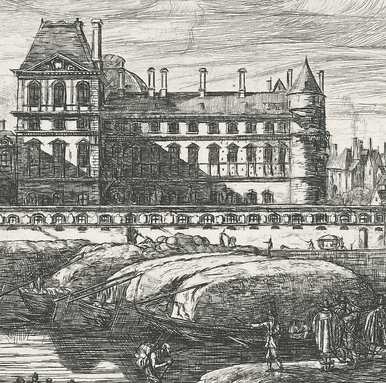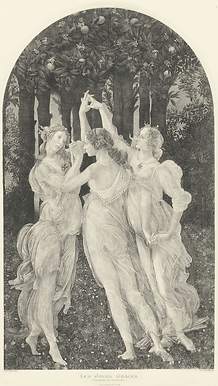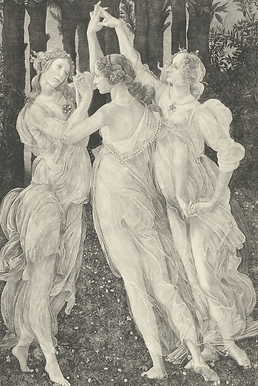Engraving Justice - Raphael
KM006243
Adrien Didier, a student of Vibert at the Ecole des Beaux-Arts in Lyon, was admitted in October 1860 to the Ecole des Beaux-Arts in Paris where he worked with Hyppolite Flandrin and Henriquel Dupont. He made many drawings and engravings with a chisel that he exhibited at the Paris Salon from 1865 onwards...
Read more
Adrien Didier, a student of Vibert at the Ecole des Beaux-Arts in Lyon, was admitted in October 1860 to the Ecole des Beaux-Arts in Paris where he worked with Hyppolite Flandrin and Henriquel Dupont. He made many drawings and engravings with a chisel that he exhibited at the Paris Salon from 1865 onwards. He won the gold medal at the 1900 Exhibition.
Raphael was born in 1483 in Urbino and apprenticed with the Perugino. At the age of 17 he was the most gifted of the younger generation, but aware of the inadequacies of his provincial formation, he began to study Leonardo and Michelangelo. In 1508 he arrived in Rome where he received a large number of commissions: he worked for Pope Julius II in the Vatican Lodges (1508-1519) and especially for a very influential family, the Chigi. For these he made in Rome the decoration projects of the Villa Farnesina (1517) and for their chapels in S. Maria della Pace (1514) and S. Maria del Popolo (1516).
Raphael is also known for his many easel paintings: religious scenes and portraits.
Often in the shadow of Michelangelo, Raphael nevertheless made the greatest artistic revolution of his time during his very short career: he was able to move from Perugino's gentle and elegant style to a great measured and meditative historical painting. He is the witness of this humanism of Renaissance art.
Famous as a draftsman, Raphael expressed himself in his sketches with great freedom and spontaneity.
The stamping for four centuries allowed Raphael's art to be better known. It began with the complicity of the engraver Marc Antonio Raimondi at the time of the Master whose prints were highly prized in the 17th century. There are about a hundred engravers who reproduced Raphael's works. Occasional interpreters for some, for others like Dorigny, Chaperon or the Count of Caylus it was a deliberate choice to devote their chisel to the diffusion of his sets, paintings or drawings.
Close
Sold by GrandPalaisRmn







